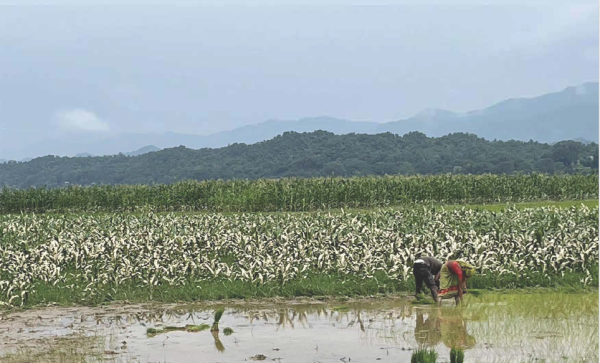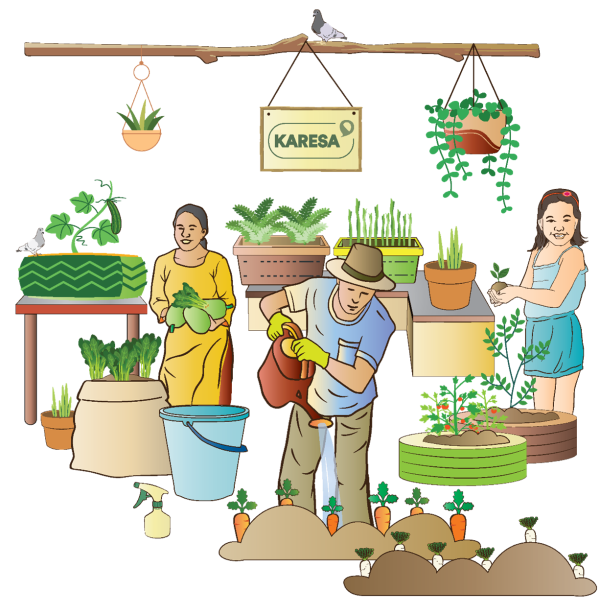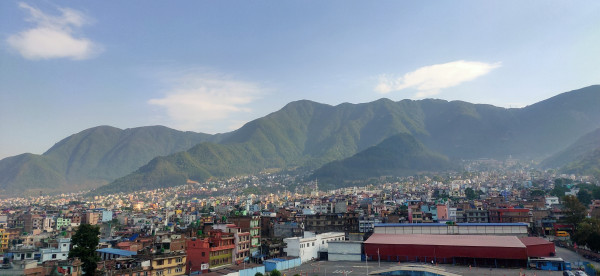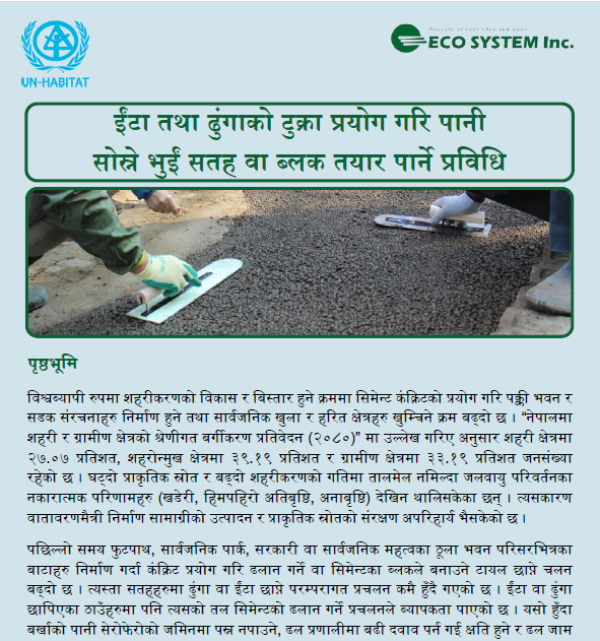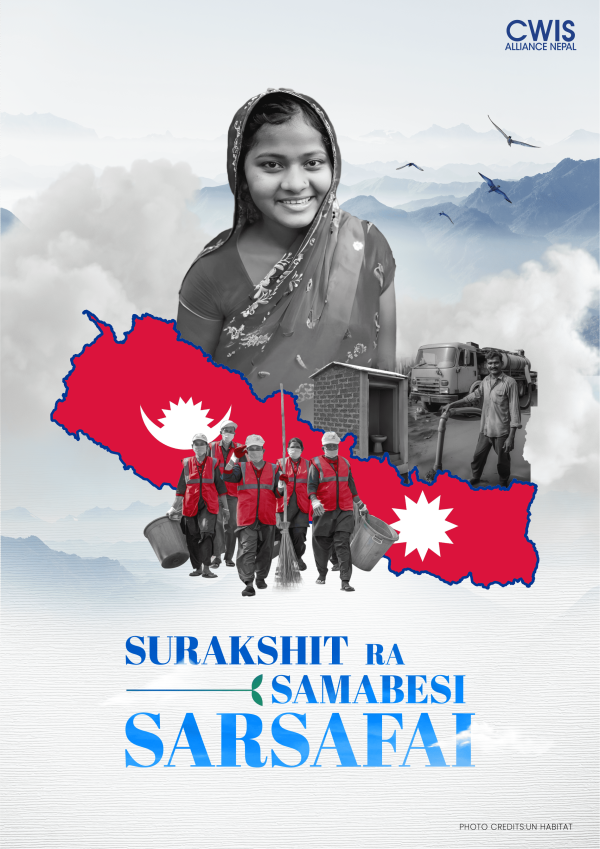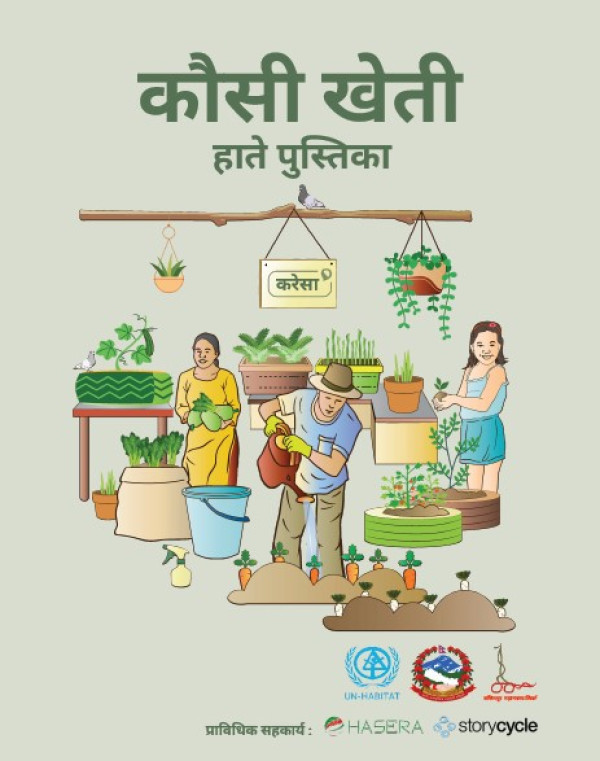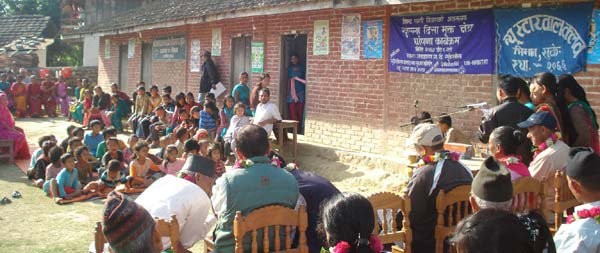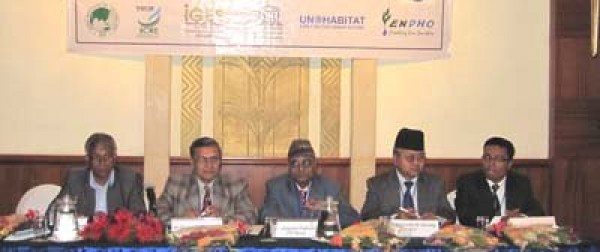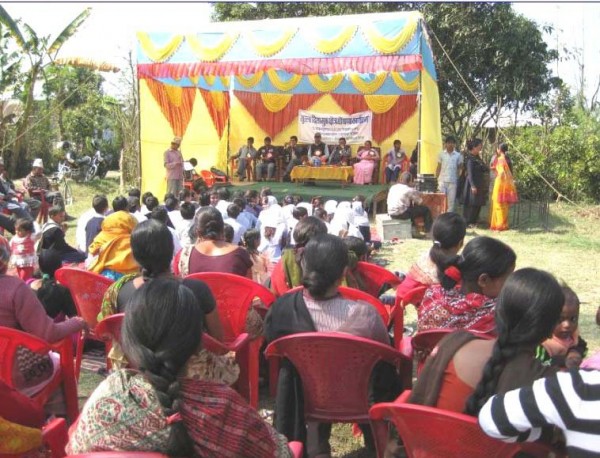UN HABITAT and Water Aid Nepal established partnership to initiate WATSAN Project in poor clusters of selected municipalities of Nepal

Despite having 89 percent coverage of water supply in urban areas of Nepal, only 13 percent of the population has access to safe drinking water. The situation is even worse, when it comes about sanitation. The gap between sanitation and water supply facilities at national level is distinct, with 46 percent coverage of latrines and 76 percent coverage of basic water supply. Government of Nepal (GoN) has announced its National Goal with the target to reach 100 percent water and sanitation coverage by 2017. However, most of the efforts from government and non-government agencies have primarily focused towards reaching rural beneficiaries. Urban poor are not getting priority as they are often neglected or assumed to be privileged with basic services. Hence, these inhabitants of urban and peri-urban areas are still deprived from adequate water and sanitation (WATSAN) facilities, and are living in degrading urban environment. UN HABITAT Water for Asian Cities Programme Nepal and Water Aid Nepal has recently made an agreement to launch a project titled ‘Integrated Water and Sanitation Services to the urban poor communities in Kamalamai and Itahari Municipalities in Nepal. Both of these municipalities had recently completed Asian Development Bank (ADB) funded Small Town Water Supply and Sanitation Sector Project (STWSSSP) through Department of Water Supply and Sewerage (DWSS). Similarly, ADB funded Urban Environment Improvement Project (UEIP) is going on in Kamalamai. by Department of Urban Development and Building Construction (DUDBC). In both project areas, DUDBC is also conducting poverty mapping, gender assessment and need identification project with support of UN HABITAT. The project will select the poor clusters in these two municipalities on the basis of poor households and clusters identified by poverty mapping recently completed by DUDBC to intervene the project. It will prioritize its activities on the basis of the projects identified by need identification study. In total around 16,000 urban poor population will be benefited by the project. The project has been expected to prepare participatory water, sanitation and hygiene improvement plans for the selected communities of both municipalities. It will be supportive in improving heath and sanitation situation in addition to increasing sanitation practices of the target communities, which demonstrate good practices and technologies for replication in other municipal areas. It will increase awareness and capacities of government and non-government actors to deliver adequate WATSAN services so as to increase coverage of WATSAN services. The project will facilitate municipalities; develop Water, Environmental Sanitation and Hygiene Improvement (WESHI) Plan for the selected communities; and disseminate learning experiences to institutionalize pro poor governance at municipal level. Based on the WESHI plan, the project will construct new and improve existing 90 water points along with the rehabilitation of 7 water supply schemes to increase coverage of water supply. Similarly, it will construct 750 latrines at household level, 350 in Itahari and 400 in Kamalamai; and rehab drainage systems for improving neighbourhood environmental sanitation with an aim of total sanitation and providing access of maximum people to improved sanitation. It has also planned to declare open defecation free to 13 communities as well. The project will raise awareness on WATSAN issues, and promote proper water, sanitation and hygiene practices to improve health condition of inhabitants. It will initiate "Water Safety Plan" at community level for preventing water sources from contamination. The plan will be promoted integrating sanitation and hygiene promotion so that holistic approach could be undertaken to ensure proper water and sanitation services in the area.
